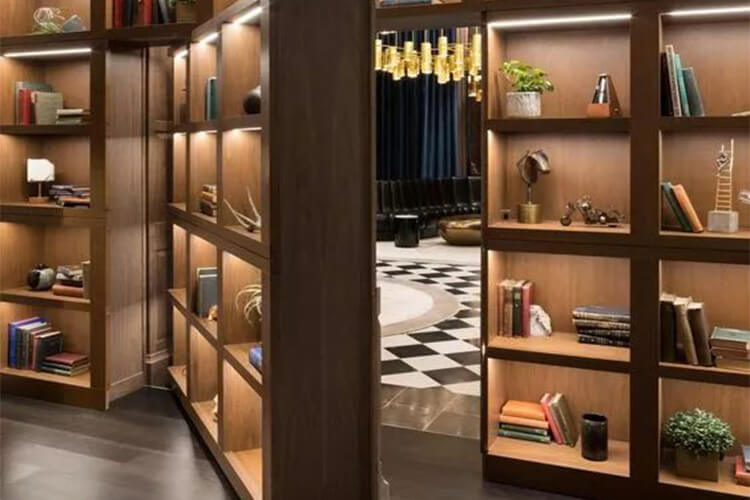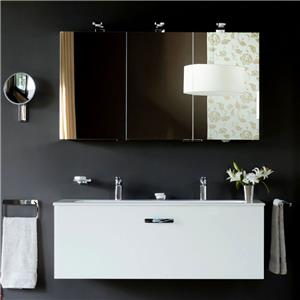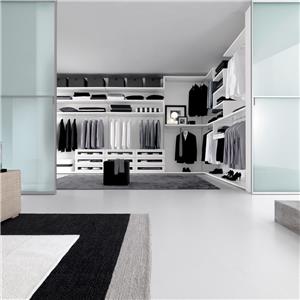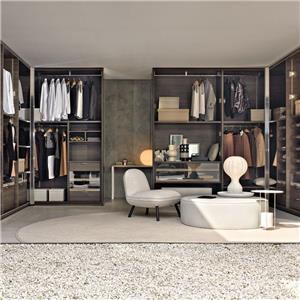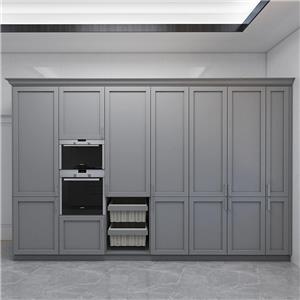Creative Invisible Door Ideas to enhance Your Home’s Aesthetics
Creative Invisible Door Ideas to enhance Your Home’s Aesthetics
The application of invisible doors has become increasingly prevalent in modern interior design. Incorporating invisible doors into a home can create a visually cleaner and more organized appearance, while also adding an air of intrigue to the decor. Whether you need to add storage or create a secret entrance from one room to another, a invisible door is a fun solution. If you have decided potential places for invisible doors in your home, the ideas below can give you inspiration.
Types of Invisible Doors
1. Hinged Invisible Doors
Pros: Hinged invisible doors excel in terms of security and privacy and produce minimal noise. They are particularly suitable for use in study rooms and offer long-lasting durability.
Cons: The hinged design requires a certain amount of space to open, making it less space-efficient.
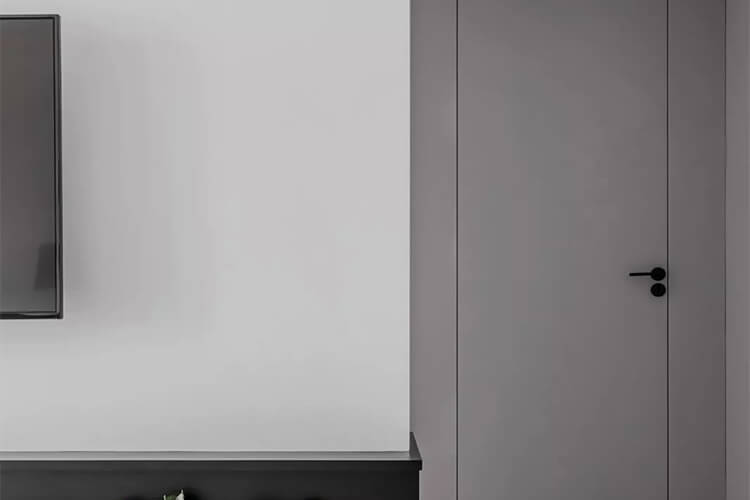
2. Sliding Invisible Doors
Pros: Sliding designs offer an aesthetically pleasing solution and effectively save space. They can work well as partitions between kitchens and living rooms.
Cons: Sliding doors may compromise privacy and sound insulation. Additionally, they require regular track maintenance and are susceptible to wear and tear.
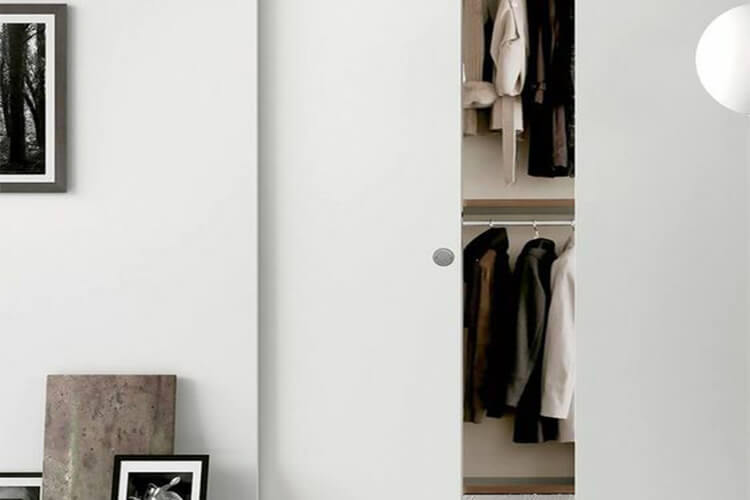
3. Folding Invisible Doors
Pros: When the folding door is opened, it only takes up space on one side, which make them relatively more space-efficient.
Cons: The tracks can accumulate dirt and are less suitable for small living spaces. Additionally, they are usually more costly to implement.
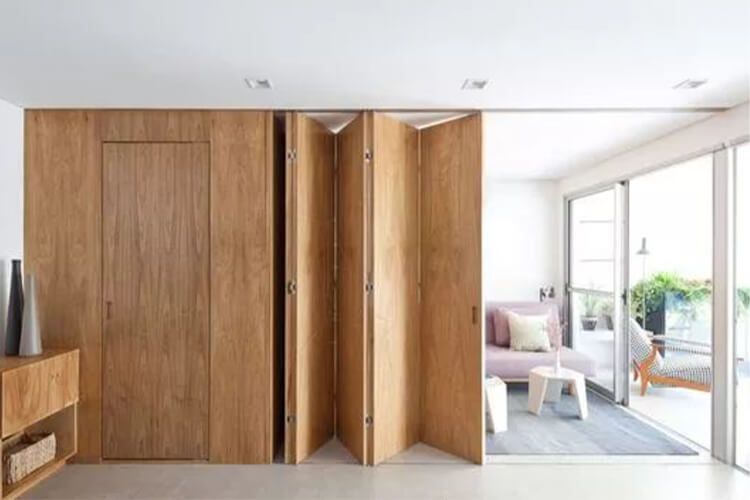
4. Revolving Invisible Doors
Pros: Revolving doors boast an appealing aesthetic. They can even serve as decorative features to enhance the room's style and modernity.
Cons: Revolving doors require a considerable amount of floor space, and their installation demands a certain area; they might not be the most secure option.
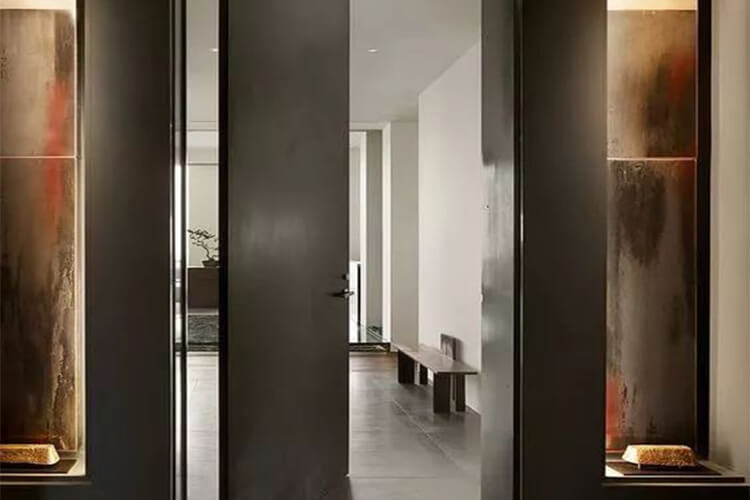
Invisible Door Designs
1. Integration with the Wall
It is a common and simple approach to match the color and material of the door with that of the wall. The addition of subtle lines can further blend the door with the wall.
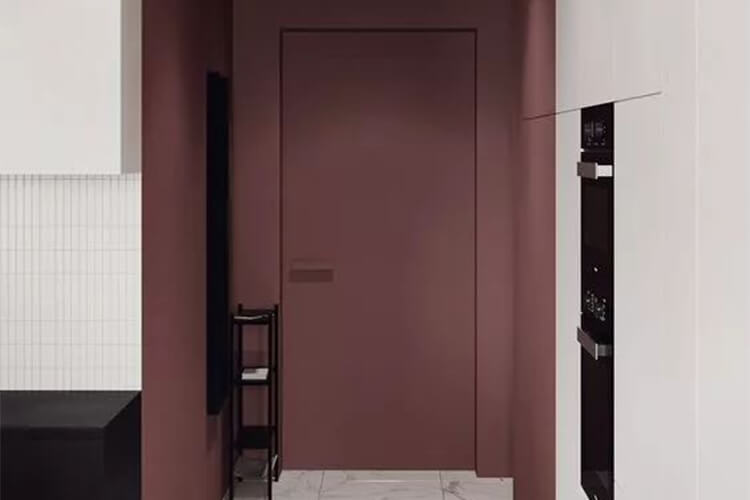
2. Integration with Cabinets
The integration of invisible doors and cabinets achieves a strong hidden effect. This design is especially suitable for areas like wardrobes and storage cabinets.
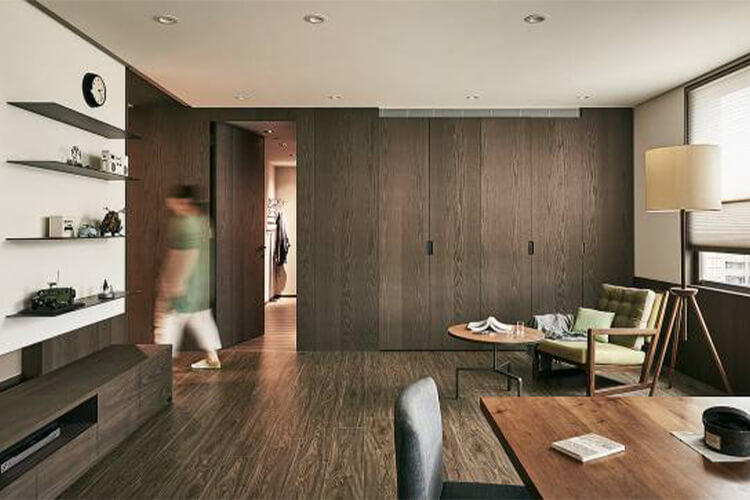
3. Integration with Bookshelves
It's also a great choice to incorporate invisible doors into bookshelves,which gives a more cohesive look to the space. However, if considering a invisible door for a study, it's advisable to choose one with better sound insulation to create a quite environment.
